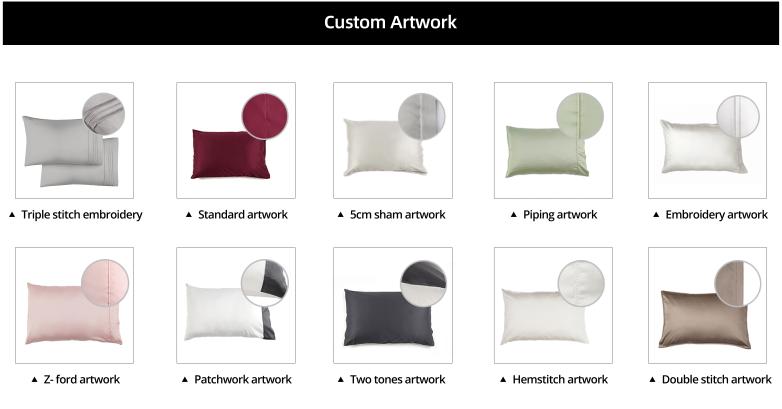wearable towel
Crafted from plush, absorbent fabric that feels soft to the touch, these robes envelop the body in a cocoon of warmth and luxury. The distinct waffle texture not only adds visual interest but also enhances the tactile experience, making each wear feel like a treat for the senses. With a design that varies from playful pastels to sophisticated neutrals, there's a long waffle robe to suit every taste and mood.
In the realm of bedding, comfort is paramount. And among the many factors that contribute to a restful night's sleep, the duvet insert plays a crucial role. But what if we told you that there's a new kid on the block that's set to revolutionize the way you sleep? Enter the weighted duvet insert - a game-changer in the world of bedding.
In the realm of healthcare facilities, there is an ubiquitous sight that immediately evokes a sense of cleanliness, sterility, and tranquility - the pristine white bed sheets adorning hospital beds. These seemingly ordinary textiles hold a significant role in the narrative of healthcare, transcending their functional purpose to become a symbol of hope, healing, and renewal.
A duvet insert, also known as a comforter or a duvet filler, is the inner part of a duvet cover. It's typically filled with down, feathers, synthetic fibers, or a combination of these materials, providing warmth and insulation. The duvet insert serves as the heart of the duvet system, offering the necessary puffiness and heat retention.
...
2025-08-14 00:58
1069
However, the true potential of a memory foam topper is unleashed when paired with a fitted sheet. A fitted sheet not only adds an extra layer of luxury but also serves a functional purpose. It secures the topper in place, ensuring it stays firmly in position throughout the night, regardless of your sleep movements. This eliminates the frustration of constant readjustment, allowing for uninterrupted slumber.
...
2025-08-14 00:52
1760
...
2025-08-14 00:33
2682
Flat Sheet
The flat sheet is the first covering over the fitted sheet. It's the layer that touches the body, providing a hygienic, easy to wash barrier between you and other bed coverings used for warmth and/or decoration. Luxury sheets can hang down the side of the mattress though traditionally they are tucked in all the way around for a more polished presentation.
...
2025-08-14 00:23
2232
However, the true potential of a memory foam topper is unleashed when paired with a fitted sheet. A fitted sheet not only adds an extra layer of luxury but also serves a functional purpose. It secures the topper in place, ensuring it stays firmly in position throughout the night, regardless of your sleep movements. This eliminates the frustration of constant readjustment, allowing for uninterrupted slumber.
Flat Sheet
The flat sheet is the first covering over the fitted sheet. It's the layer that touches the body, providing a hygienic, easy to wash barrier between you and other bed coverings used for warmth and/or decoration. Luxury sheets can hang down the side of the mattress though traditionally they are tucked in all the way around for a more polished presentation.
The flat sheet is the first covering over the fitted sheet. It's the layer that touches the body, providing a hygienic, easy to wash barrier between you and other bed coverings used for warmth and/or decoration. Luxury sheets can hang down the side of the mattress though traditionally they are tucked in all the way around for a more polished presentation.
 The 12% thickness allows for a balance between durability and malleability, making them suitable for welding, cutting, and bending operations The 12% thickness allows for a balance between durability and malleability, making them suitable for welding, cutting, and bending operations
The 12% thickness allows for a balance between durability and malleability, making them suitable for welding, cutting, and bending operations The 12% thickness allows for a balance between durability and malleability, making them suitable for welding, cutting, and bending operations This ensures that the TiO2 pigment produced by these factories is of the highest quality and suitable for various applications This ensures that the TiO2 pigment produced by these factories is of the highest quality and suitable for various applications
This ensures that the TiO2 pigment produced by these factories is of the highest quality and suitable for various applications This ensures that the TiO2 pigment produced by these factories is of the highest quality and suitable for various applications
 It acts as a shield against harmful ultraviolet radiation, preventing premature degradation and maintaining the integrity of the rubber over time It acts as a shield against harmful ultraviolet radiation, preventing premature degradation and maintaining the integrity of the rubber over time
It acts as a shield against harmful ultraviolet radiation, preventing premature degradation and maintaining the integrity of the rubber over time It acts as a shield against harmful ultraviolet radiation, preventing premature degradation and maintaining the integrity of the rubber over time